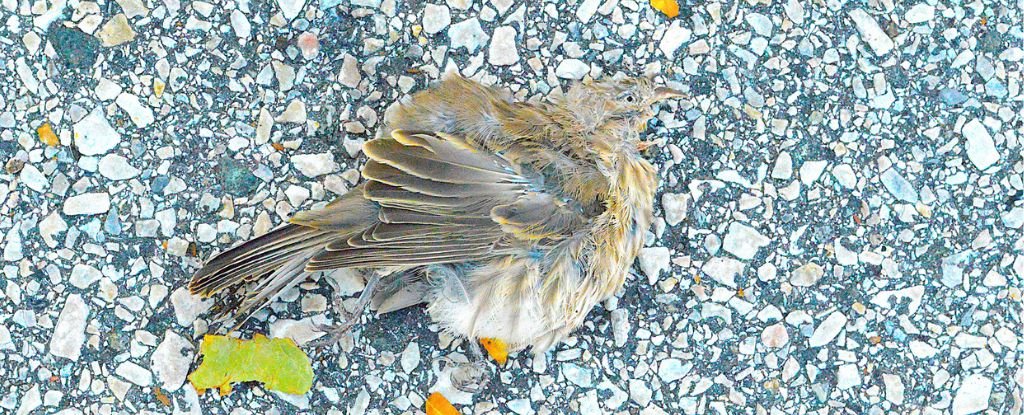It’s not just hunters, poultry farmers, and dairy farmers that need to be wary of the current bird flu outbreak happening in the United States.
City folk, especially those with pets, need to take care, too, scientists say.
A community science project, called the New York City Virus Hunters (NYCVH) Program, has published research that shows a small number of birds flying through the big apple over the last few years were infected with a highly contagious strain of avian influenza.
Between 2022 and 2023, volunteers collected 1,927 bird poop samples from various urban parks and green spaces scattered across the city, as well as some samples from animal rehabilitation centers.

In total, samples from six birds tested positive for the virus, including a red-tailed hawk, three Canada geese, a peregrine falcon, and a chicken.
While the presence of bird flu in New York City poses a low risk to humans and pets living there, it is not a zero-risk situation.
“It’s smart to stay alert and stay away from wildlife,” says Christine Marizzi, a microbiologist at the Icahn School of Medicine at Mount Sinai. “This also includes preventing your pets from getting in close contact with wildlife.”
New York City lies in the path of many migrating wild birds, and as Marizzi and her co-authors of the NYCVH study explain, “This brings them into contact with a highly dense population of humans and pets, providing an extensive urban animal–human interface in which the general public may have little awareness of circulating infectious diseases.”
While findings suggest the latest highly pathogenic avian influenza strains have been in New York for at least two years already, no human cases have been reported, which means a spillover event is probably rare.
That said, in Texas, a farm worker recently fell ill from the bird flu after most likely contracting it from a sick cow. That unique case is possibly the first instance of mammal-to-human transmission of avian influenza.
The World Health Organization has recorded only a small number of humans contracting the flu from birds worldwide since the current outbreak began in 2020, and only that one case in Texas is linked to a mammal.
Still, officials at WHO are taking the potential threat of mammal spillovers very seriously, as the H5N1 virus can be quite deadly if it does infect humans.
In the US alone, the bird flu outbreak has already jumped from migrating birds to wild foxes, raccoons, possums, skunks, seals, leopards, bears, mountain lions, and bobcats. Domestic cats and dogs have also fallen ill. Even cattle and goats.
Some at WHO describe the current avian flu outbreak as “a global zoonotic animal pandemic“.
In one case earlier this year, a dozen cats on a dairy farm died from drinking bird flu-contaminated cow milk.
“Birds are key to finding out which influenza and other avian viruses are circulating in the New York City area, as well as important for understanding which ones can be dangerous to both other birds and humans,” says Marizzi.
“And we need more eyes on the ground – that’s why community involvement is really critical.”
The study was published in the Journal of Virology.










